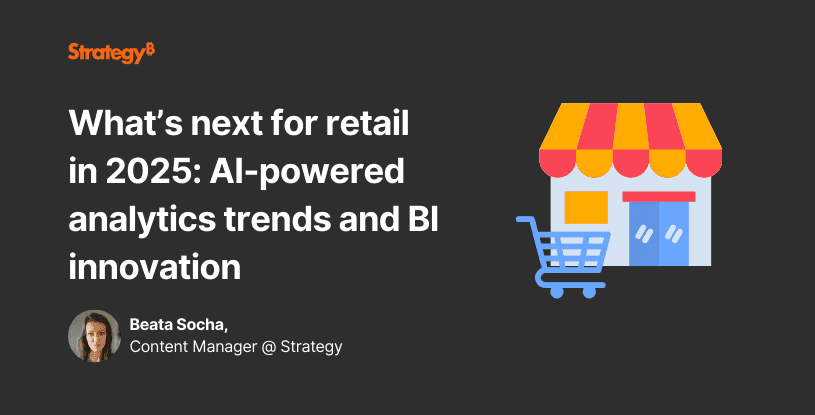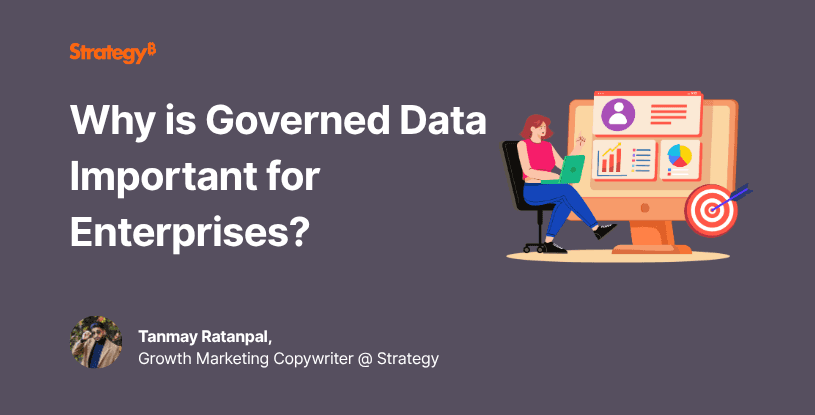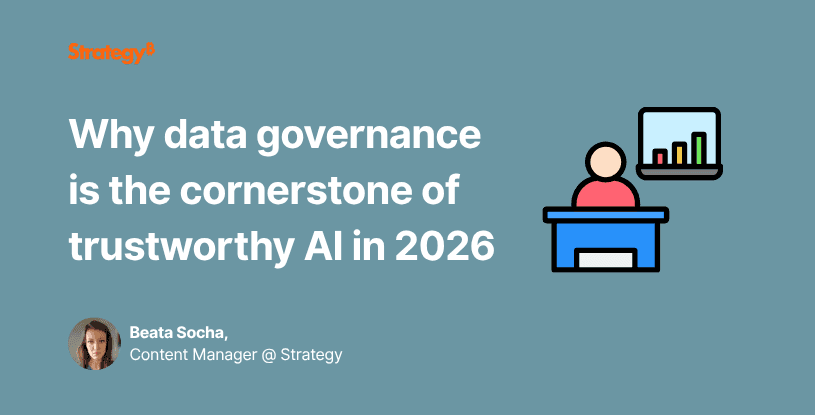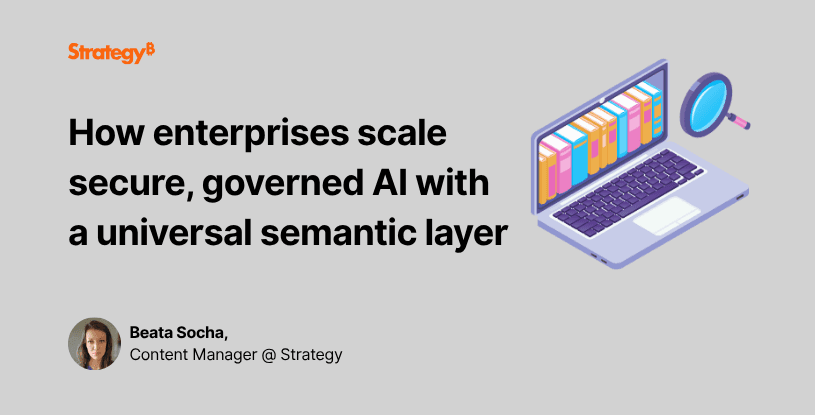Why governance, not AI, is the real catalyst for retail analytics
Retailers depend on accurate data for everything—from customer experience to R&D. AI delivers that access, but how effectively? Retailers are adopting AI-powered analytics to maximize insights, yet many still struggle to scale those efforts enterprise-wide. The issue isn’t data volume or tool choice—it’s governance.
In retail, speed and accuracy define success. From the first sale to the final review, teams rely on analytics to refine operations, forecast demand, and serve customers faster. AI-powered analytics accelerates this process, turning raw data into real-time insight that powers smarter, faster decisions.
According to the 2025 Global AI+BI Survey, 54% of retail and CPG companies list faster decision-making as their top goal for AI analytics.
But there’s a hidden blocker. Speed collapses when insights are built on inconsistent definitions, incomplete data, or siloed access—and it all stems from weak governance.
“AI Hallucinations” are a warning—not the issue
The most common AI-related challenges in today’s fast-moving retail environment include:
Inconsistent AI output
Hidden maintenance costs
low platform flexibility
In fact, 35% of retail organizations cite inconsistent AI answers—often called “AI hallucinations”—as one of the biggest technical blockers to wider adoption.
But these are symptoms, not causes.
They stem from a deeper issue—and it’s not the data itself. It’s governance.
Five hidden issues retailers see too late
Most retailers face a familiar mix of challenges as they try to scale analytics:
Inconsistent insights: When every team defines metrics like inventory or returns differently, trust breaks down.
Security blind spots: AI tools and non-technical users need guardrails—not open access or hardcoded workarounds.
Vendor lock-in: Mergers, reorganizations, or cloud migrations shouldn’t require rebuilding all your logic from scratch.
Unpredictable costs: Duplicate models and compute-heavy queries add up quickly, draining ROI.
Complexity at scale: Multiple tools, platforms, and reporting structures often create more friction than value.
In retail, where speed drives profitability and margins are tight, these issues directly affect how fast teams can act, how well they serve customers, and how confidently they make decisions.
Most retailers recognize these deeper problems only after the visible symptoms—AI inconsistency, data errors, or slow reporting—start to damage performance. By then, it’s often too late.
AI output fluctuates, insights decline, and decision-making slows to a crawl.
Why governance must come first
All of these challenges share a single root cause: a lack of governance at scale.
Today’s retailers collect data from hundreds of sources—from POS systems and ecommerce platforms to supply chain APIs, loyalty apps, and partner networks. Without a governance framework to unify definitions and control access, that data quickly becomes fragmented and unreliable.
Fragmented data leads to inconsistent inputs—and when the inputs are flawed, AI delivers inconsistent answers.
So how can retail organizations tackle these issues and restore trust in their analytics?
As outlined in the whitepaper Governance first: The key to scalable, trusted AI+BI in retail and CPG, the path forward isn’t more technology. It’s governance.
By shifting from tool-level logic to an enterprise-wide semantic layer, retailers can make their data trustworthy, portable, and reusable across every touchpoint.
How Strategy Mosaic delivers consistency, accuracy, and control
Strategy Mosaic is a universal semantic layer that sits independently of your tools, clouds, and databases—governing data, business logic, and user access in one place.
It centralizes metric definitions so terms like “revenue” and “return rate” mean the same thing for every region, role, and report. It unifies fragmented data into a secure, consistent, AI-ready format—delivering accurate, governed insights across every BI tool and AI interface.
As a result, retailers can:
Ensure consistent answers across dashboards, chatbots, and analytics tools.
Maintain fine-grained access control by role, region, brand, or product line.
Reduce repetition and rework by modeling business logic once and reusing it everywhere.
Shift workloads intelligently to manage compute costs without sacrificing performance or accuracy.
Connect 200+ data sources and multiple BI systems into one cohesive, governed environment.
The outcome isn’t just faster analytics—it’s trustworthy, explainable intelligence that scales across every store, channel, and region.
From data chaos to operational clarity
Whether you're scaling self-service dashboards or experimenting with GenAI in merchandising or marketing, trust and control are non-negotiable.
The goal of AI-powered analytics in retail isn’t more reports—it’s faster, smarter, and more confident decisions on the floor, in the warehouse, and at headquarters.
And that’s only possible with a governance-first foundation.
Strategy Mosaic enables that foundation—transforming fragmented analytics into unified, trusted intelligence that works seamlessly across every tool, cloud, and team.
Ready to maximize your AI investment?
Download the whitepaper to see how Strategy Mosaic helps retail and CPG organizations solve five core AI+BI challenges with one unified semantic layer—and build a governance-first foundation for scalable, trusted AI.
Related posts
Turn Data into Strategy
Experience expert-led sessions, hands-on labs, and the latest AI+BI breakthroughs at Strategy World 2026 — February 23–26, 2026, in Las Vegas — where data meets decision-making.






